DIY Beard Balm Recipe: Unlock the secret to a perfectly groomed and irresistibly soft beard, right in your own kitchen! Have you ever wondered how those impeccably styled beards you see are achieved? It’s not just genetics, my friend; it’s often the magic of a good beard balm. For centuries, men have sought ways to tame and nourish their facial hair, using natural oils and waxes to achieve a polished look. From ancient Egyptians using fragrant oils to Vikings employing beeswax, the quest for beard perfection is a time-honored tradition.
But let’s be honest, buying beard balm can get expensive, and sometimes it’s hard to know exactly what’s going into your beard. That’s where this DIY beard balm recipe comes in! I’m going to show you how to create your own custom blend, tailored to your specific beard needs and scent preferences. This isn’t just about saving money; it’s about taking control of your grooming routine and knowing exactly what’s nourishing your beard. Plus, it’s a fun and rewarding project! So, ditch the store-bought stuff and let’s get crafting a DIY beard balm recipe that will leave your beard looking and feeling its absolute best.
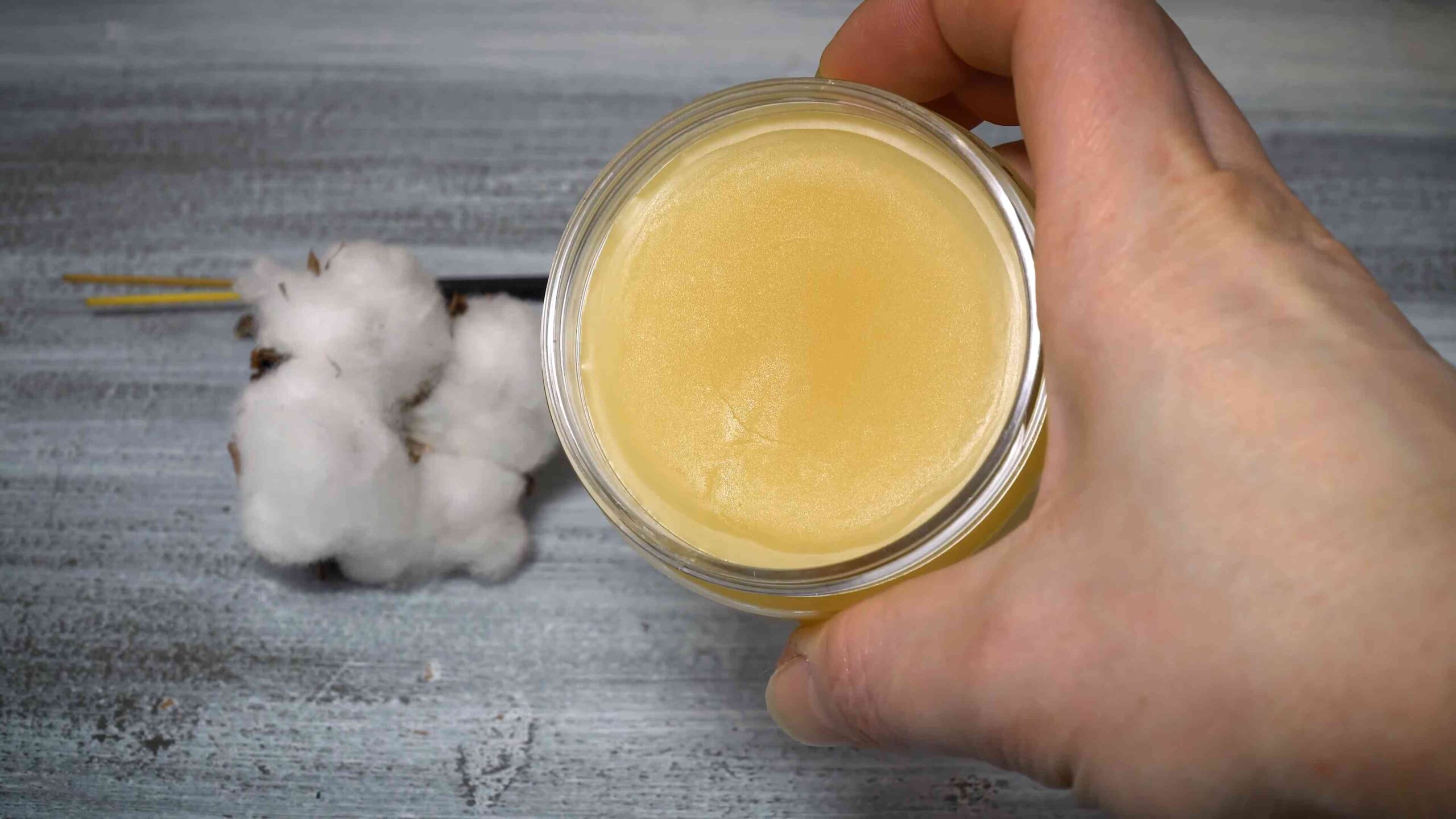
DIY Beard Balm: Tame Your Mane Naturally!
Hey there, fellow beard enthusiasts! Tired of a wild, unruly beard that resembles a bird’s nest more than a majestic mane? I totally get it. Store-bought beard balms can be pricey and often packed with ingredients you can’t even pronounce. That’s why I’m sharing my go-to DIY beard balm recipe – it’s easy, affordable, and lets you control exactly what goes on your precious facial hair. Let’s get started!
What You’ll Need: The Ingredient Rundown
Before we dive into the mixing magic, let’s gather our supplies. This recipe focuses on natural ingredients that nourish your beard and skin.
* Beeswax (2 tablespoons): This is the foundation of our balm, providing hold and structure. I prefer using natural, unbleached beeswax pellets for the best results.
* Shea Butter (2 tablespoons): Shea butter is a fantastic moisturizer, softening your beard and preventing dryness and itchiness. Unrefined shea butter retains more of its natural benefits.
* Carrier Oil (4 tablespoons): This is where you can customize your balm! I usually use a blend of two carrier oils for a wider range of benefits. Here are some of my favorites:
* Jojoba Oil: Mimics the natural sebum produced by your skin, making it easily absorbed and non-greasy.
* Argan Oil: Rich in antioxidants and vitamin E, argan oil promotes hair growth and adds shine.
* Sweet Almond Oil: A lightweight oil that softens and conditions the beard.
* Coconut Oil (fractionated): Fractionated coconut oil stays liquid at room temperature, making it easy to work with and adds a subtle shine. Avoid regular coconut oil, as it can solidify and make your balm grainy.
* Essential Oils (10-20 drops): This is where you add your signature scent and therapeutic benefits! Here are some popular choices:
* Cedarwood: A classic masculine scent with grounding properties.
* Sandalwood: A warm, woody scent that promotes relaxation.
* Peppermint: A refreshing and invigorating scent that can stimulate hair growth. Use sparingly, as it can be irritating to sensitive skin.
* Tea Tree: An antiseptic and anti-inflammatory oil that can help with beard dandruff and acne.
* Lavender: A calming and soothing scent that promotes relaxation and can help with skin irritation.
* Citrus Oils (Orange, Lemon, Grapefruit): Uplifting and refreshing scents. Be aware that citrus oils can make your skin more sensitive to the sun, so use them with caution if you spend a lot of time outdoors.
* Double Boiler or Heat-Safe Bowl and Saucepan: We’ll need a way to gently melt the ingredients.
* Small Jar or Tin: To store your finished beard balm. I like using 2-ounce tins, but you can use whatever you have on hand.
* Spoon or Stirring Stick: For mixing everything together.
* Optional: Vitamin E Oil (a few drops): This acts as a natural preservative and adds extra antioxidant benefits.
Step-by-Step: Crafting Your Beard Balm
Now for the fun part! Follow these steps to create your own amazing beard balm.
Phase 1: Melting and Mixing
1. Prepare Your Double Boiler: If you’re using a double boiler, fill the bottom pot with water and bring it to a simmer. If you’re using a heat-safe bowl and saucepan, fill the saucepan with a couple of inches of water and bring it to a simmer. Place the bowl on top of the saucepan, making sure the bottom of the bowl doesn’t touch the water.
2. Melt the Beeswax: Add the beeswax to the double boiler or heat-safe bowl. Stir occasionally until it’s completely melted. Beeswax has a higher melting point than the other ingredients, so it’s important to melt it first.
3. Add the Shea Butter: Once the beeswax is melted, add the shea butter to the mixture. Stir until it’s completely melted and smooth.
4. Incorporate the Carrier Oils: Remove the mixture from the heat. Add your chosen carrier oils to the melted beeswax and shea butter. Stir well to combine.
5. Cool Slightly: Let the mixture cool for a minute or two before adding the essential oils. This will help prevent the heat from degrading the essential oils and affecting their scent and therapeutic properties.
Phase 2: Scenting and Setting
6. Add Essential Oils: Now for the exciting part – adding your chosen essential oils! Start with 10 drops and add more to your liking, up to 20 drops. Remember, a little goes a long way! Stir well to distribute the essential oils evenly.
7. Optional: Add Vitamin E Oil: If you’re using vitamin E oil, add a few drops to the mixture and stir well.
8. Pour into Container: Carefully pour the mixture into your chosen jar or tin.
9. Let it Set: Allow the beard balm to cool and solidify completely. This usually takes a few hours at room temperature, or you can speed up the process by placing it in the refrigerator for about 30 minutes.
Tips and Tricks for the Perfect Balm
* Adjust the Consistency: If you want a firmer balm, add more beeswax. For a softer balm, add more carrier oil.
* Experiment with Scents: Don’t be afraid to experiment with different essential oil combinations to find your perfect scent.
* Storage: Store your beard balm in a cool, dark place to prevent it from melting or going rancid.
* Shelf Life: Your DIY beard balm should last for about 6-12 months.
* Patch Test: Before applying the balm to your entire beard, do a patch test on a small area of skin to check for any allergic reactions.
How to Use Your Beard Balm
1. Scoop a Small Amount: Use your finger to scoop out a small amount of beard balm. Start with a pea-sized amount and add more as needed.
2. Warm it Up: Rub the balm between your palms to warm it up and melt it slightly. This will make it easier to apply.
3. Apply to Your Beard: Work the balm evenly through your beard, starting at the roots and working your way to the ends. Make sure to get the balm down to your skin to moisturize it and prevent dryness.
4. Style and Shape: Use your fingers or a beard comb to style and shape your beard as desired. The balm will provide hold and help tame any stray hairs.
Troubleshooting Your Beard Balm
* Grainy Texture: If your beard balm has a grainy texture, it’s likely due to the shea butter solidifying unevenly. To fix this, simply remelt the balm and let it cool slowly, stirring occasionally.
* Too Soft: If your beard balm is too soft, add more beeswax to the mixture and remelt it.
* Too Hard: If your beard balm is too hard, add more carrier oil to the mixture and remelt it.
* Strong Scent: If the scent of your beard balm is too strong, add more carrier oil to dilute the essential oils.
* Weak Scent: If the scent of your beard balm is too weak, add more essential oils to the mixture.
Carrier Oil Deep Dive: Choosing the Right One for You
As I mentioned earlier, the carrier oil is a crucial component of your beard balm, and choosing the right one can make a big difference in the overall feel and benefits of your balm. Let’s delve a little deeper into some popular options:
* Jojoba Oil: This is a fantastic all-around choice. Its molecular structure is very similar to human sebum, meaning it’s easily absorbed and won’t leave your beard feeling greasy. It’s also great for moisturizing the skin underneath your beard, helping to prevent itchiness and dandruff. I often recommend this as a base oil for most beard types.
* Argan Oil: Known as “liquid gold,” argan oil is rich in antioxidants, vitamin E, and essential fatty acids. It’s incredibly nourishing for both your beard and skin, promoting hair growth, adding shine, and protecting against damage from environmental factors. It’s a bit pricier than some other options, but a little goes a long way.
* Sweet Almond Oil: This is a lightweight and versatile oil that’s great for softening and conditioning the beard. It’s also relatively inexpensive, making it a good option if you’re on a budget. However, it might not be moisturizing enough for very dry or coarse beards.
* Grapeseed Oil: Another lightweight oil, grapeseed oil is easily absorbed and won’t leave your beard feeling greasy. It’s also rich in antioxidants and linoleic acid,
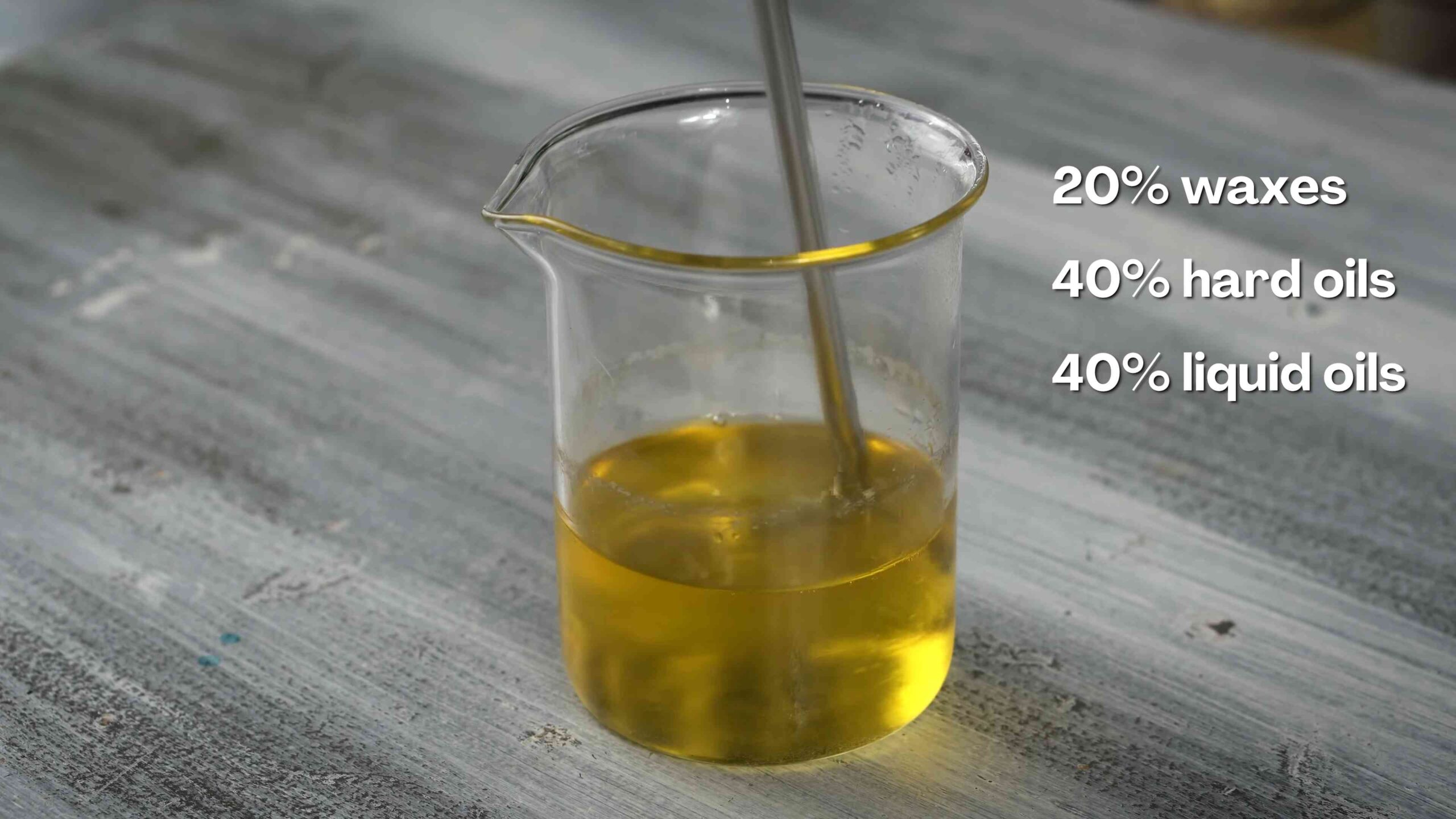
Conclusion
So, there you have it! Crafting your own DIY beard balm isn’t just a fun project; it’s a gateway to a healthier, more manageable, and undeniably more impressive beard. We’ve walked you through the process, demystified the ingredients, and hopefully, inspired you to ditch the store-bought stuff and embrace the satisfaction of creating something truly your own.
Why is this a must-try? Because you’re in complete control. You dictate the ingredients, ensuring only the best, most natural elements come into contact with your precious facial hair. No more hidden chemicals, artificial fragrances, or questionable additives. You know exactly what’s going in, and that peace of mind is priceless. Beyond that, it’s incredibly cost-effective. The initial investment in ingredients might seem a bit much, but remember, you’ll be making multiple batches of beard balm for a fraction of the price of commercial alternatives.
But the real magic lies in the personalization. Feel free to experiment with different essential oils to create a scent profile that perfectly reflects your personality. Love a woodsy aroma? Cedarwood, sandalwood, and pine are your friends. Prefer something more invigorating? Peppermint, eucalyptus, and tea tree will do the trick. You can even adjust the ratios of beeswax, shea butter, and carrier oils to achieve your desired consistency. Want a firmer hold? Add a bit more beeswax. Prefer a softer, more conditioning balm? Increase the shea butter.
Consider these variations to truly make it your own:
* The “Lumberjack” Balm: Combine cedarwood, pine, and a touch of clove essential oils for a rugged, masculine scent. Add a pinch of bentonite clay for extra hold and a matte finish.
* The “Citrus Burst” Balm: Blend sweet orange, grapefruit, and bergamot essential oils for a bright, uplifting aroma. A small amount of argan oil will enhance shine.
* The “Soothing Sensitive Skin” Balm: Opt for chamomile, lavender, and calendula-infused oil for a gentle, calming effect. Omit essential oils altogether if your skin is particularly sensitive.
* The “Invigorating Mint” Balm: Peppermint and spearmint essential oils will provide a cooling sensation and a refreshing scent. Be cautious with the amount of peppermint, as it can be quite potent.
Don’t be afraid to get creative! The beauty of DIY is the freedom to experiment and discover what works best for you and your beard.
We genuinely believe that once you experience the difference a homemade beard balm can make, you’ll never go back to the store-bought stuff. It’s a simple, rewarding project that yields incredible results.
So, what are you waiting for? Gather your ingredients, fire up your double boiler (or microwave!), and embark on your DIY beard balm journey today. We’re confident you’ll be thrilled with the outcome.
And most importantly, we want to hear about your experience! Share your creations, your variations, and your tips in the comments below. Let’s build a community of beard balm enthusiasts and help each other achieve beard greatness! Let us know what essential oil combinations you tried, what consistency you prefer, and any other insights you gained along the way. Your feedback is invaluable and will help other aspiring beard balm makers on their own journeys. Happy crafting!
Frequently Asked Questions (FAQ)
What exactly *is* beard balm, and why do I need it?
Beard balm is a leave-in conditioner for your beard. It’s designed to moisturize, condition, tame flyaways, and provide a light hold to shape and style your beard. Think of it as a hair product, but specifically formulated for the unique needs of facial hair. Unlike beard oil, which primarily focuses on moisturizing the skin beneath the beard, beard balm offers both hydration and styling benefits. If you want a beard that looks healthy, well-groomed, and under control, beard balm is an essential part of your grooming routine.
What are the key ingredients in DIY beard balm, and why are they important?
The core ingredients in most DIY beard balm recipes are:
* Beeswax: Provides hold and helps to seal in moisture. The amount of beeswax determines the firmness of the balm.
* Shea Butter: A rich emollient that deeply moisturizes and softens both the beard hair and the skin underneath. It also helps to reduce itchiness and irritation.
* Carrier Oils (e.g., Jojoba, Argan, Coconut): These oils provide essential nutrients and hydration to the beard. Jojoba oil closely mimics the skin’s natural sebum, making it easily absorbed. Argan oil adds shine and smoothness. Coconut oil provides deep conditioning.
* Essential Oils: Used for fragrance and potential therapeutic benefits. Choose essential oils that are safe for topical use and that you enjoy the scent of.
Each ingredient plays a crucial role in the overall effectiveness of the balm. Beeswax provides structure, shea butter provides moisture, carrier oils provide nourishment, and essential oils provide fragrance and potential added benefits.
Can I use different carrier oils than the ones listed in the recipe?
Absolutely! The beauty of DIY is the flexibility to customize. Some other excellent carrier oil options include:
* Sweet Almond Oil: A lightweight oil that absorbs quickly and is rich in vitamins and minerals.
* Grapeseed Oil: A non-greasy oil that’s good for all skin types.
* Avocado Oil: A heavier oil that’s ideal for dry or damaged beards.
* Hemp Seed Oil: Rich in omega fatty acids, which promote healthy hair growth.
Experiment with different combinations to find what works best for your beard type and skin sensitivity.
How do I adjust the recipe to make a softer or firmer beard balm?
The key to adjusting the consistency of your beard balm lies in the ratio of beeswax to shea butter and carrier oils.
* For a firmer hold: Increase the amount of beeswax. Start by adding a small amount (e.g., 1/4 teaspoon) at a time until you achieve your desired firmness.
* For a softer, more conditioning balm: Decrease the amount of beeswax and increase the amount of shea butter and/or carrier oils.
Remember to melt the ingredients together and allow the balm to cool completely before assessing the consistency.
How long does DIY beard balm last?
When stored properly in an airtight container in a cool, dark place, DIY beard balm can last for several months, typically 6-12 months. The shelf life is primarily determined by the carrier oils used. If you notice any changes in scent, texture, or color, it’s best to discard the balm.
Can I use this beard balm on my skin if I don’t have a beard?
While beard balm is formulated specifically for facial hair, the ingredients are generally safe for use on the skin. Shea butter and carrier oils are excellent moisturizers. However, be mindful of the essential oils you use, as some may be irritating to sensitive skin. If you have any concerns, test a small amount on a discreet area of skin before applying it more widely.
What if I’m allergic to one of the ingredients?
If you have known allergies, carefully review the ingredient list and avoid using any ingredients that you’re allergic to. There are plenty of alternatives available. For example, if you’re allergic to shea butter, you could try mango butter or cocoa butter instead. Always prioritize your health and safety.
How often should I use beard balm?
The frequency of beard balm application depends on your beard type, skin type, and the climate you live in. Generally, applying beard balm once or twice a day is sufficient. Start with a small amount and adjust as needed. If your beard feels dry or unruly, you may need to apply it more frequently. If your skin feels oily, you may need to reduce the frequency.
My beard balm turned out grainy. What did I do wrong?
A grainy texture in beard balm is usually caused by the shea butter solidifying unevenly. This can happen if the balm cools too slowly or if the shea butter wasn’t fully melted in the first place. To fix this, you can remelt the balm and allow it to cool quickly in the refrigerator. This will help the shea butter solidify more evenly and prevent the formation of crystals.
Where can I find the ingredients for DIY beard balm?
Most of the ingredients for DIY beard balm can be found at health food stores, online retailers specializing in natural ingredients, and some craft stores. Look for high-quality, unrefined ingredients for the best results.
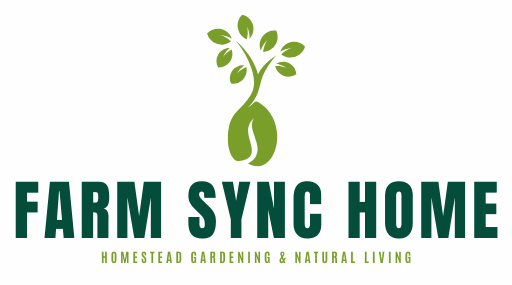
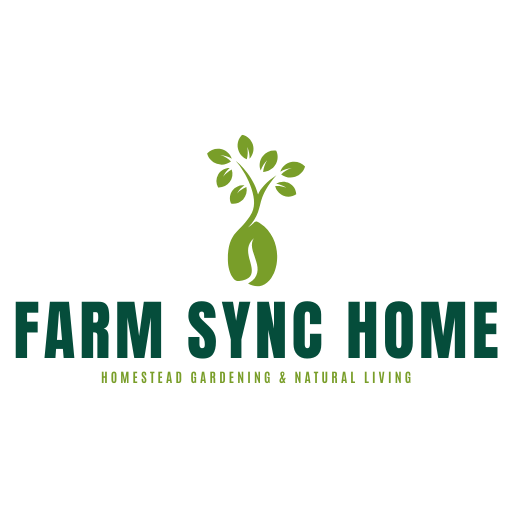
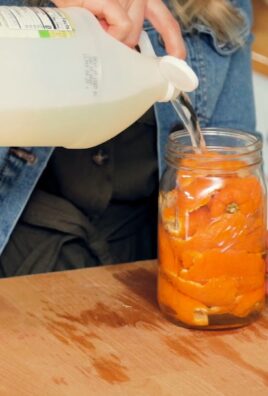
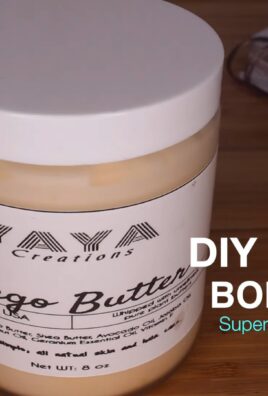
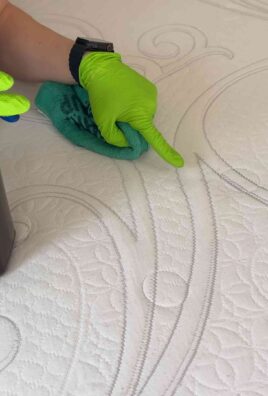
Leave a Comment